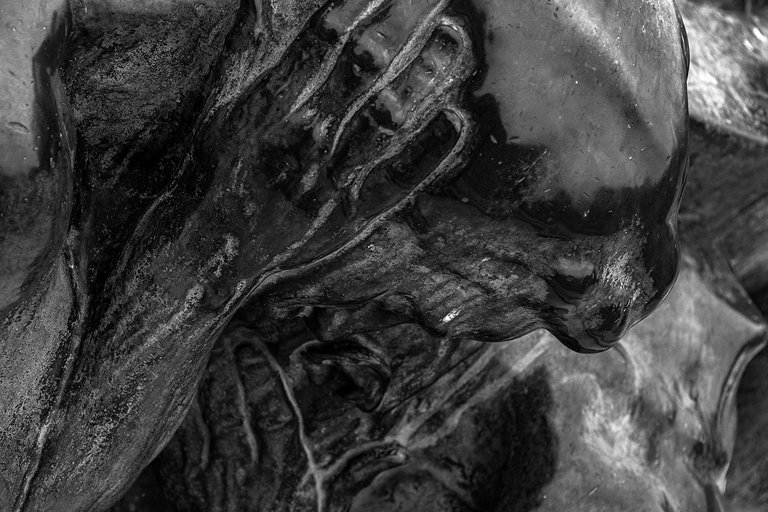
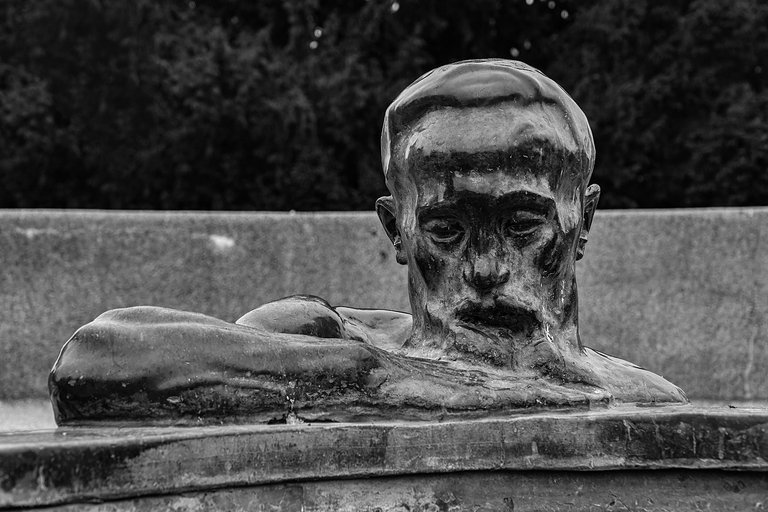
Picture this: You're wandering through the area around the Croatian National Theatre—a mix of grand architecture and leafy pathways—when you stumble upon this bronze masterpiece. At first glance, it might just look like a group of people standing around a fountain, doing... well, fountain-adjacent activities. But take a closer look. Meštrović’s creation is a study in raw emotion, the human condition, and, dare I say, the meaning of life itself. Not bad for a hunk of bronze, right?
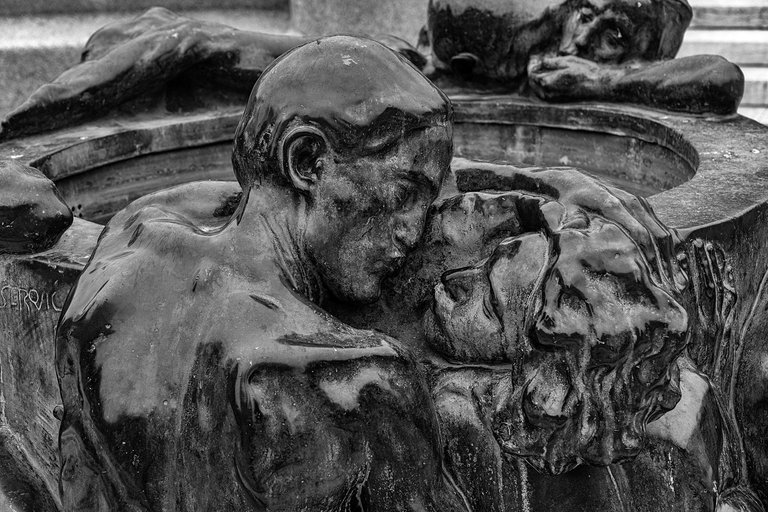
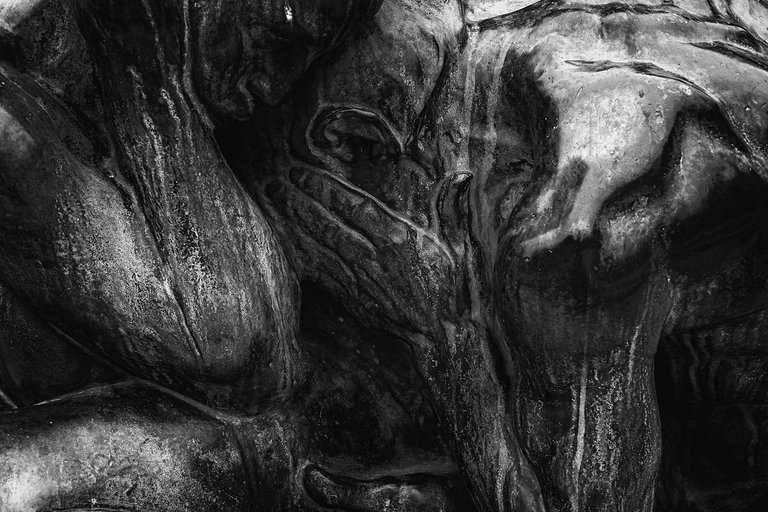
The Well of Life was created in 1905, so it’s been around longer than most of us and has probably witnessed more than we ever will. Ivan Meštrović, the sculptor extraordinaire behind this piece, was a big deal in the art world. Think Michelangelo vibes but with a distinctly Croatian flair. This wasn’t just a fountain for him; it was his way of capturing humanity in all its messy, beautiful glory.
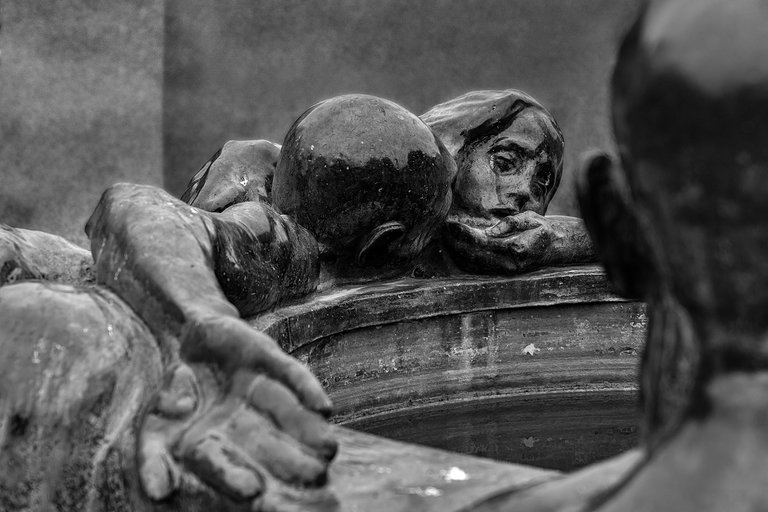
The figures around the well are a mix of ages, genders, and emotional states. Some seem lost in thought, others playful, and a few look like they're deep in existential crisis—and honestly, same. The way Meštrović captured the muscles, the expressions, and even the intricate details of their hands and feet is nothing short of incredible. It’s like he took a snapshot of humanity and cast it in bronze.

But here’s the kicker: The figures aren’t just hanging out by the water. They’re interacting with it, with each other, and with the space around them. It’s a visual metaphor for life’s interconnectedness and the cyclical nature of existence. (Deep, right?) The water—gentle, continuous, and eternal—acts as a reminder of life’s flow, while the figures remind us that every person has their own story within that greater current.
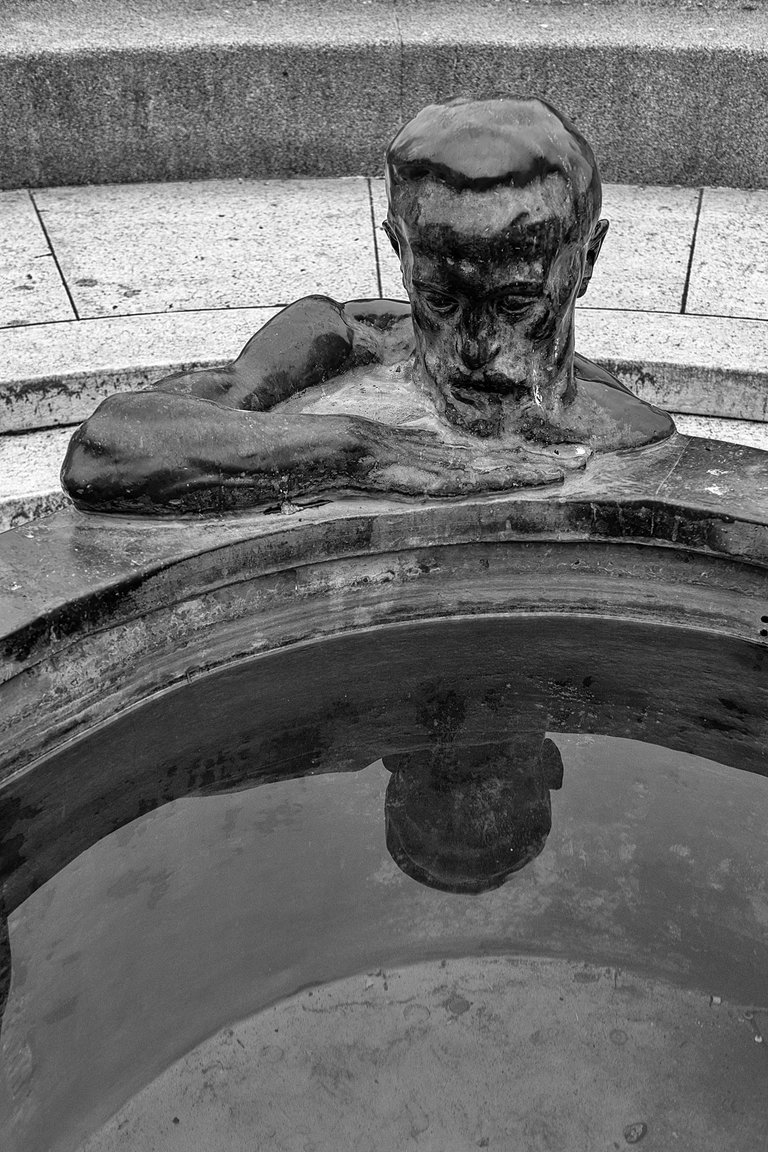
Now, you could stand there and philosophize about the passage of time, the fragility of human connection, and the cosmic importance of bronze fountains. Or, you could just snap a selfie and caption it with something like, "Caught in the flow." No judgment either way.
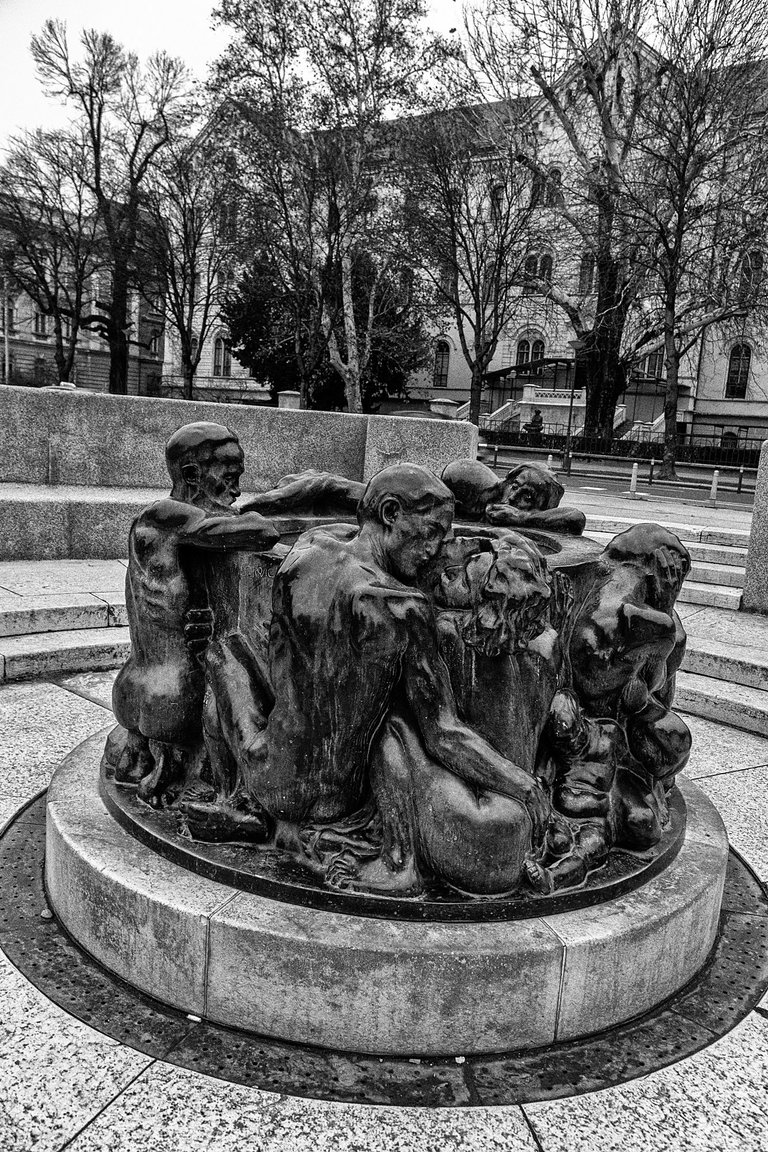
For me, the Well of Life is a perfect example of why public art matters. It’s not hidden away in a museum or locked behind a velvet rope. It’s out there, in the open, inviting anyone and everyone to pause, reflect, or just admire its beauty. You don’t need an art degree to appreciate it. You just need to show up.
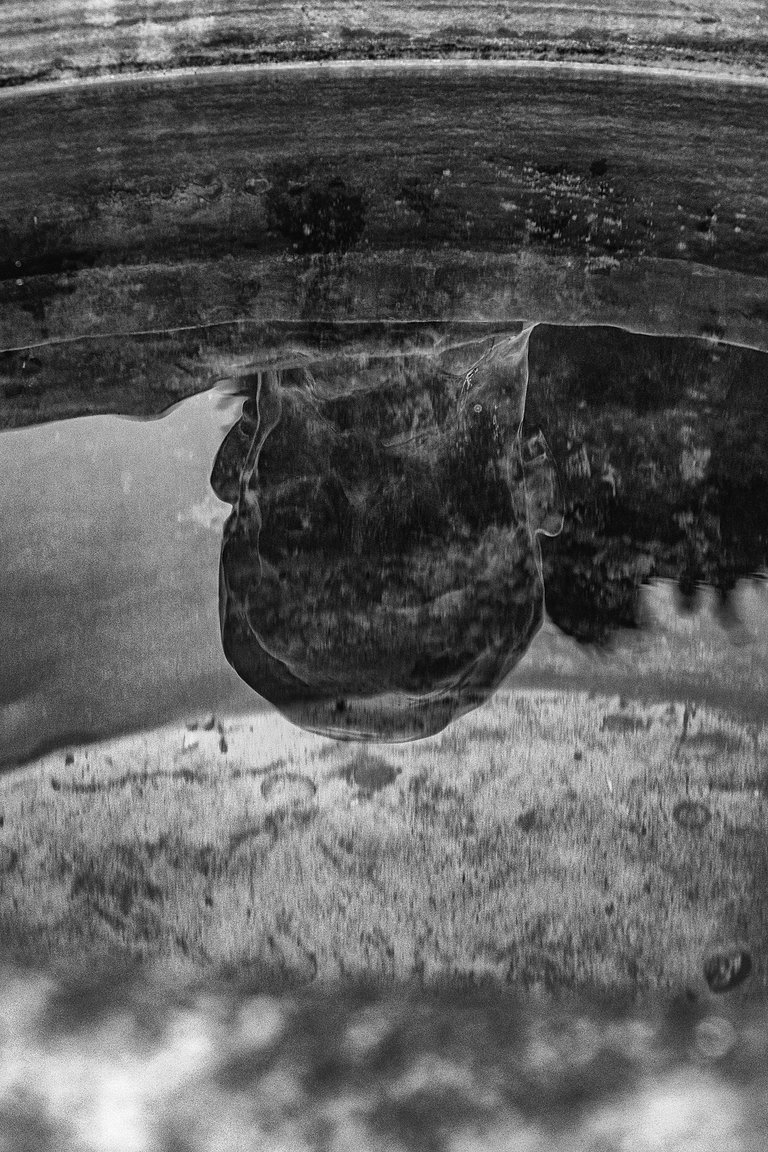
So, the next time you’re in Zagreb, go find the Well of Life. Take your time with it. Walk around it, look at it from different angles, maybe even sit nearby and watch how others interact with it. Because, let’s be honest, life’s too short to rush past a fountain that’s practically begging you to stop and think about what it all means.
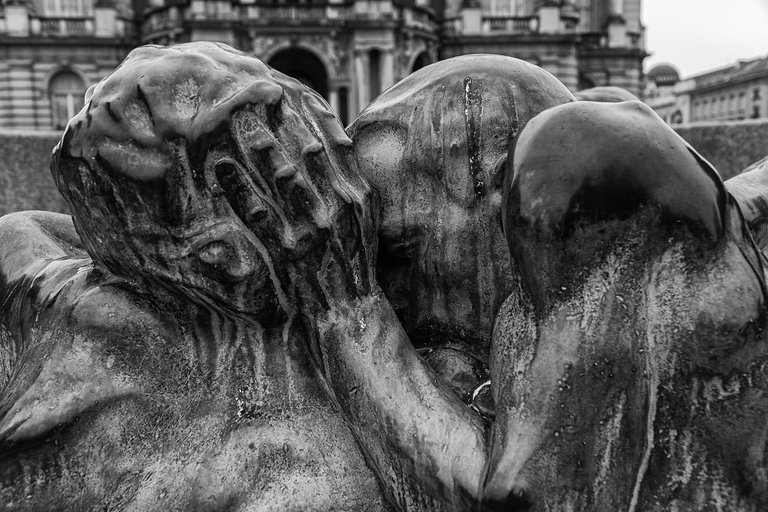

Stay blessed
